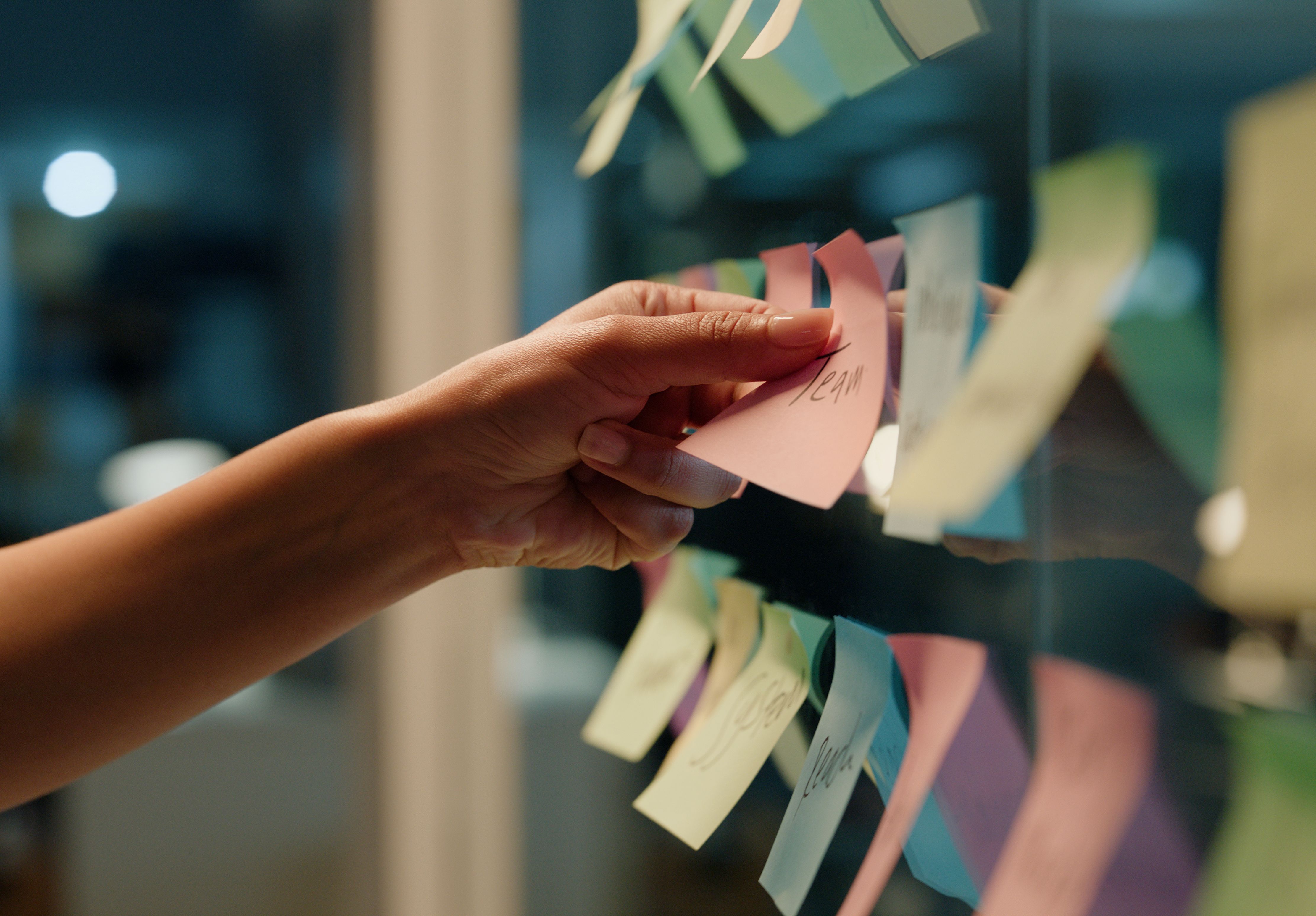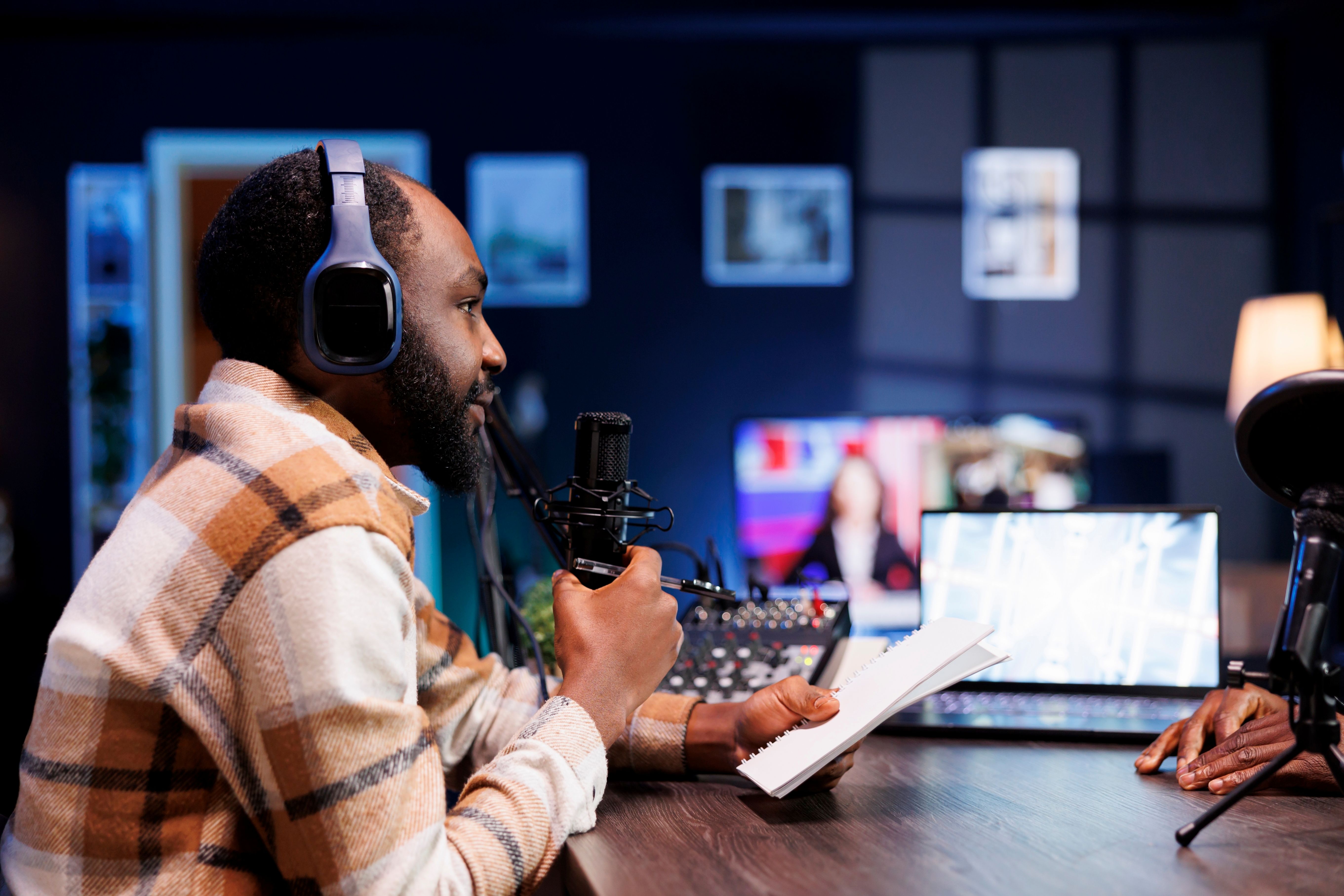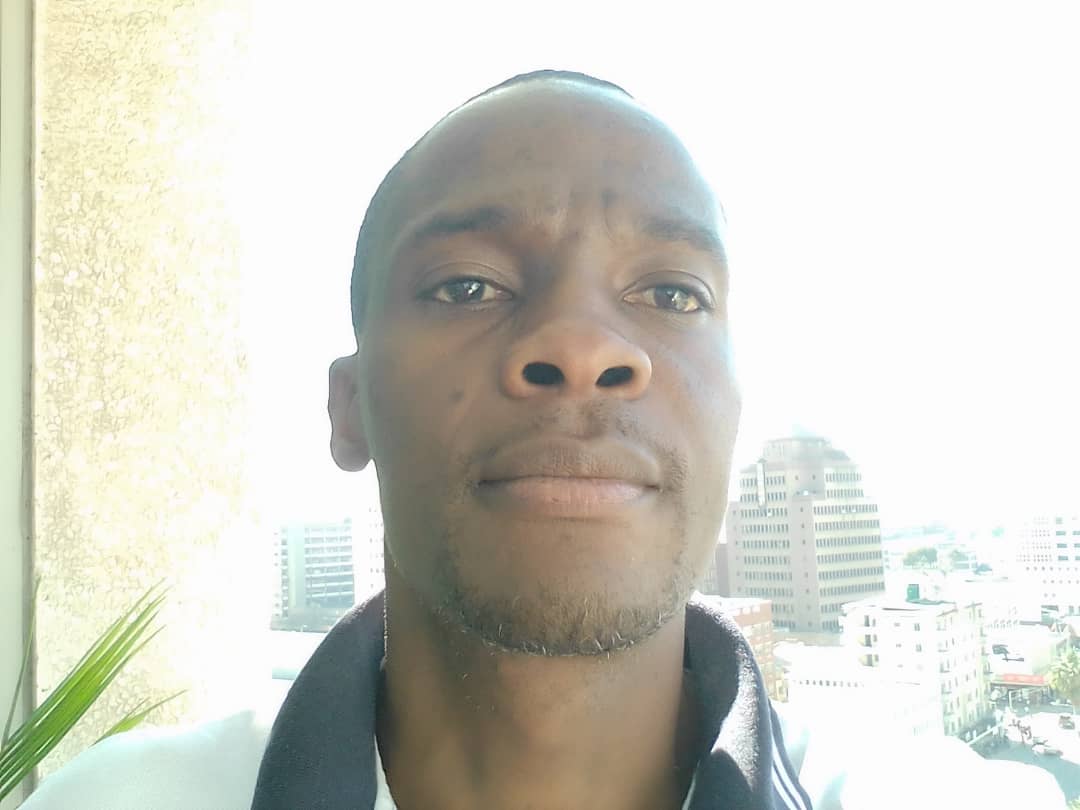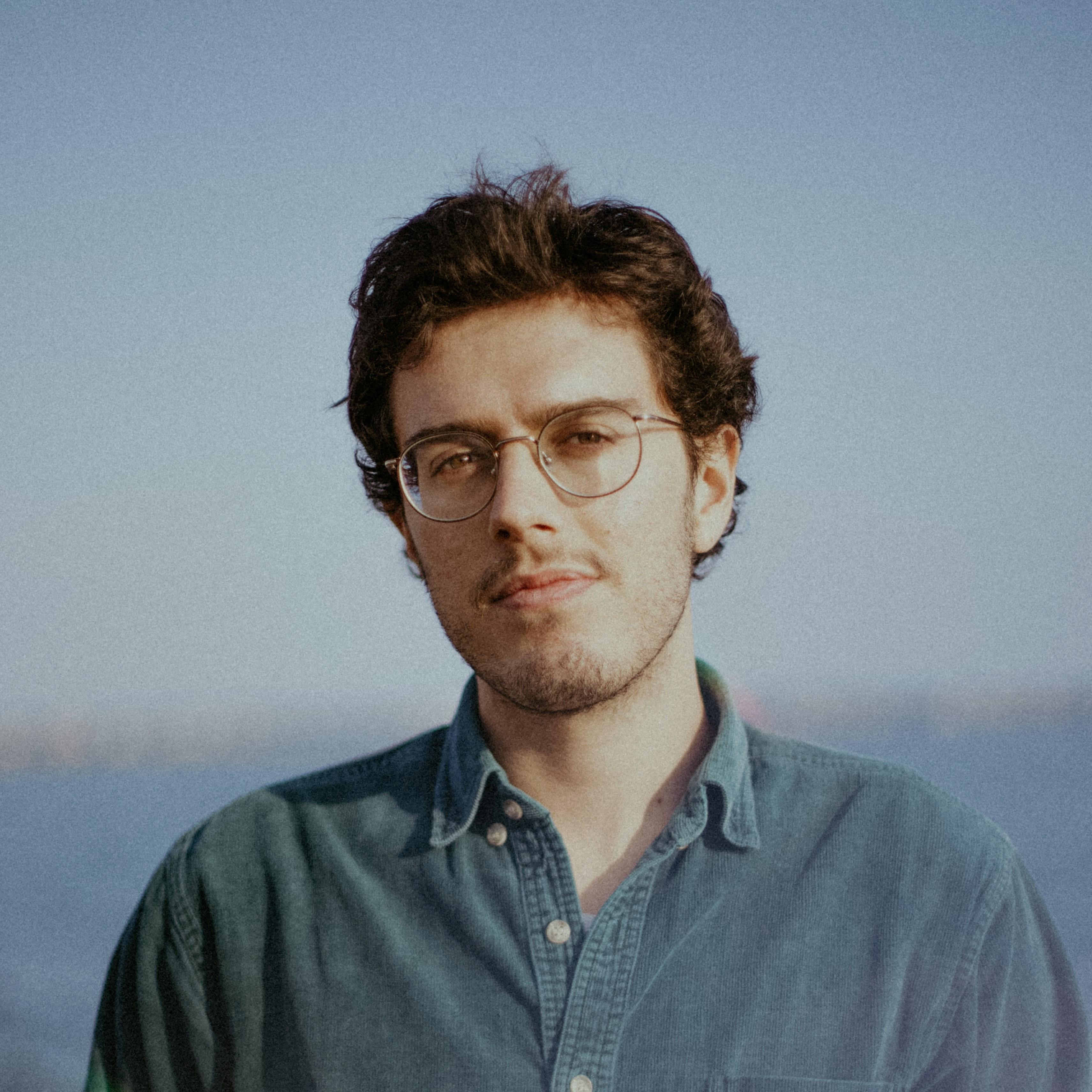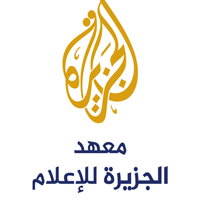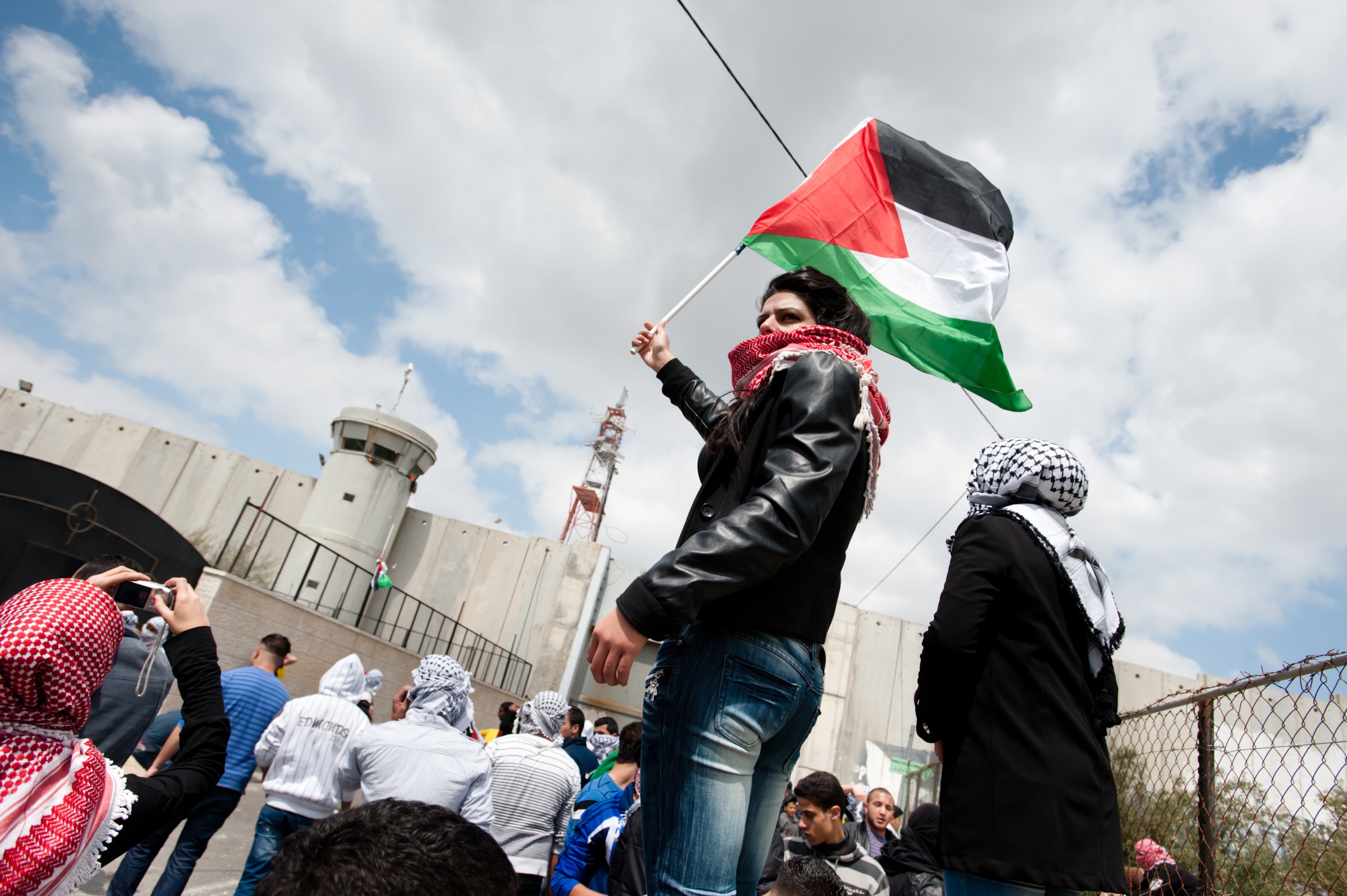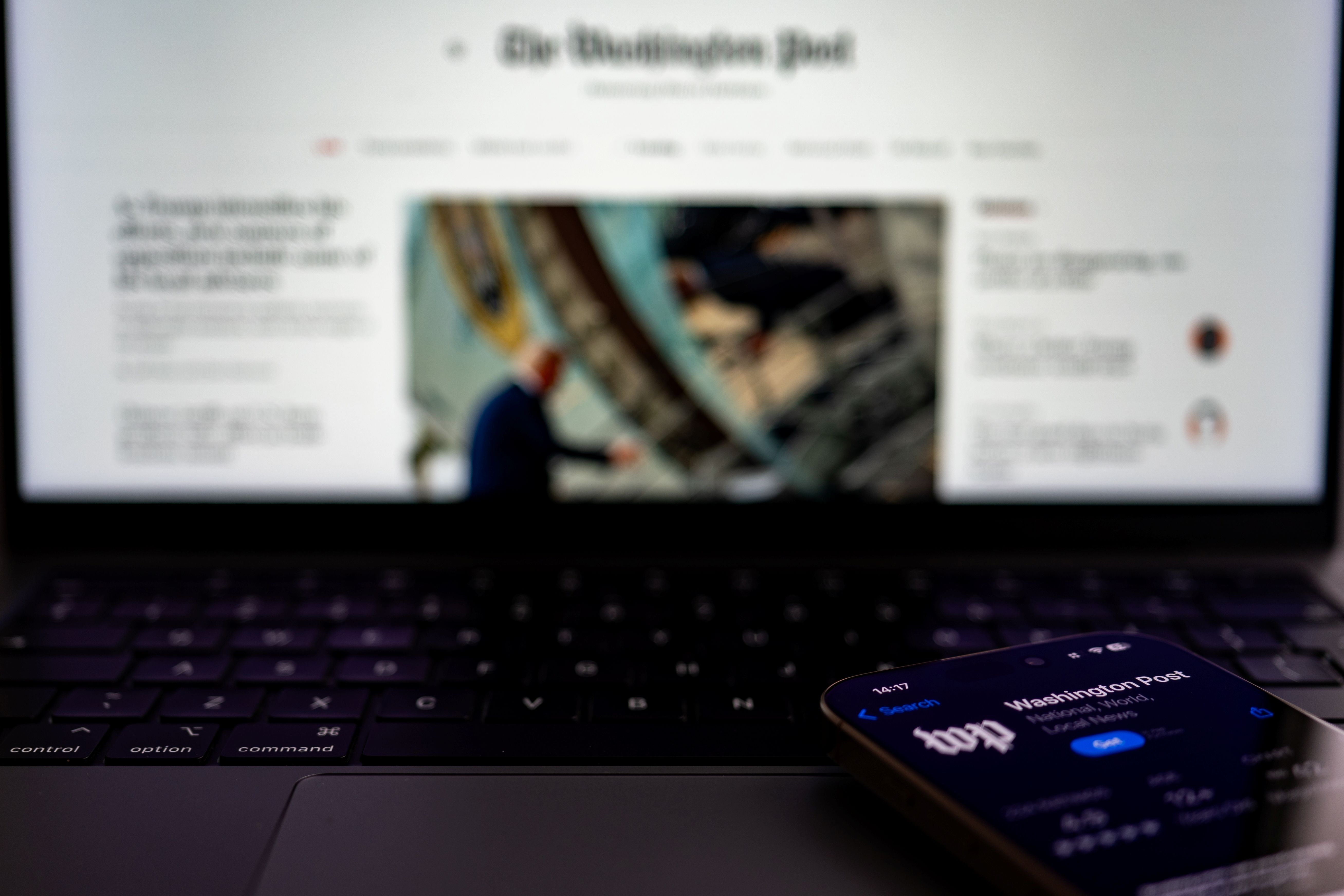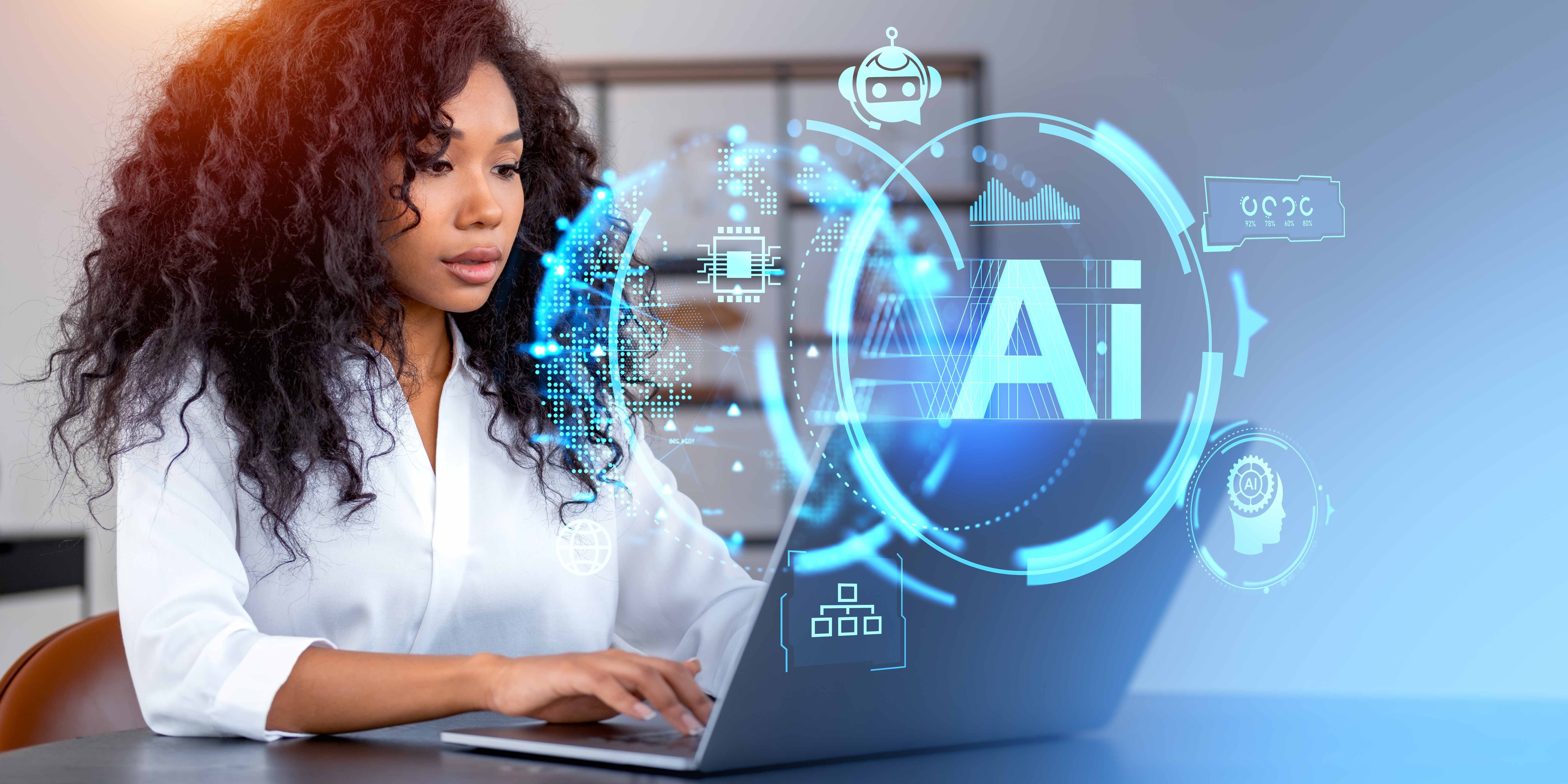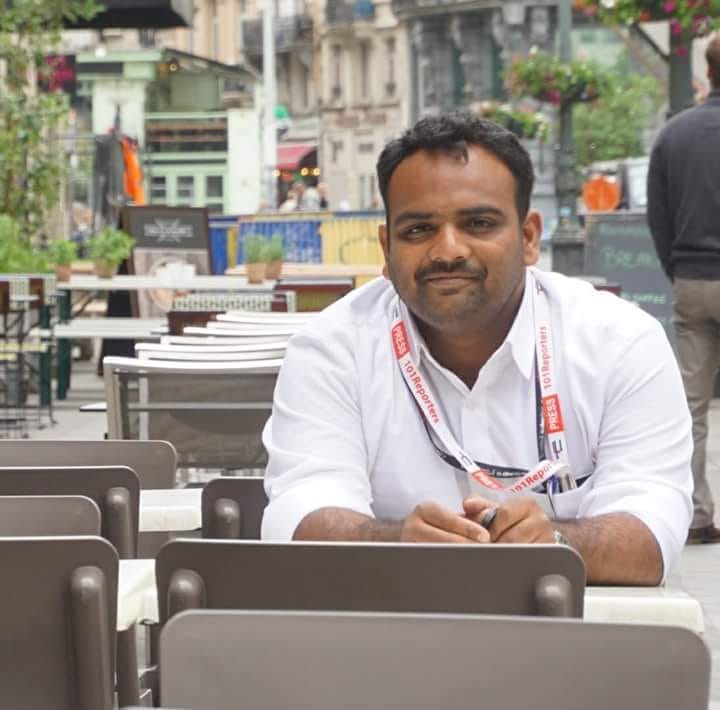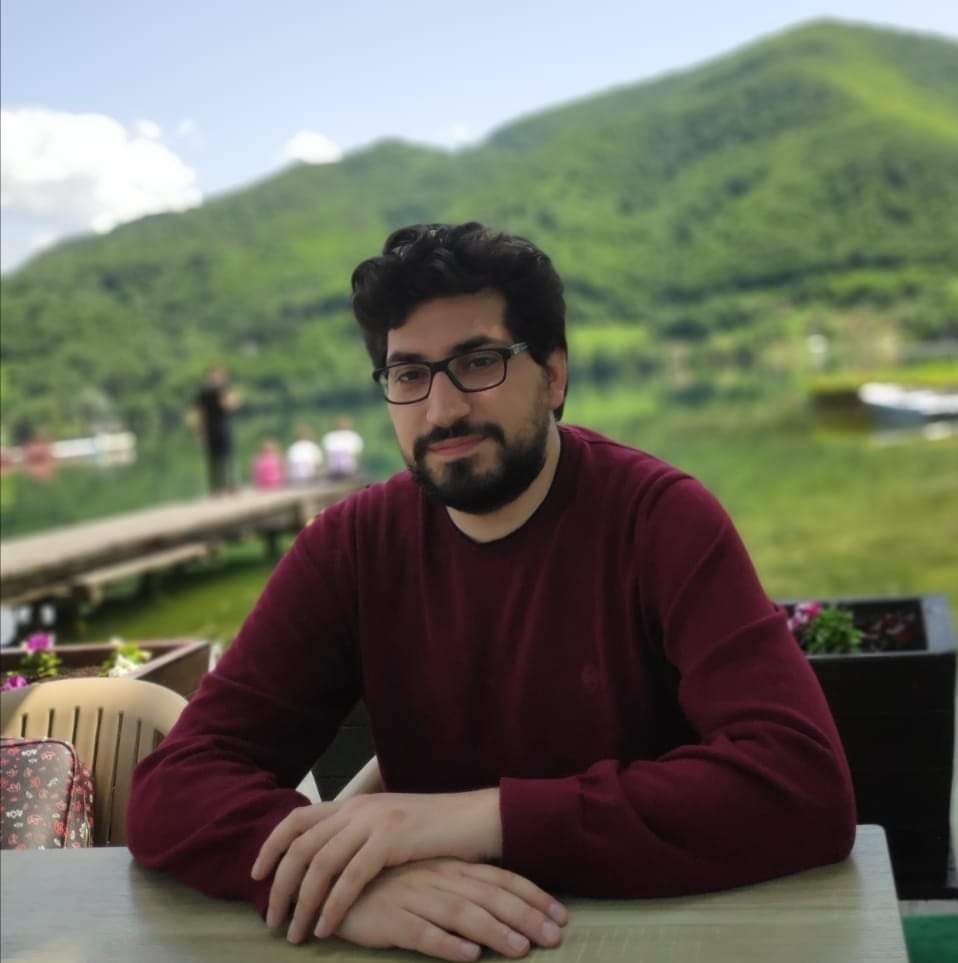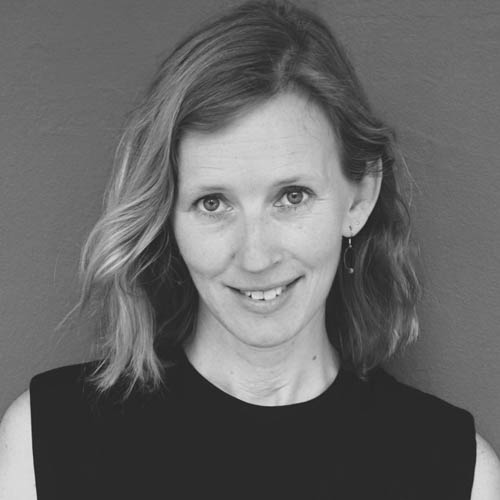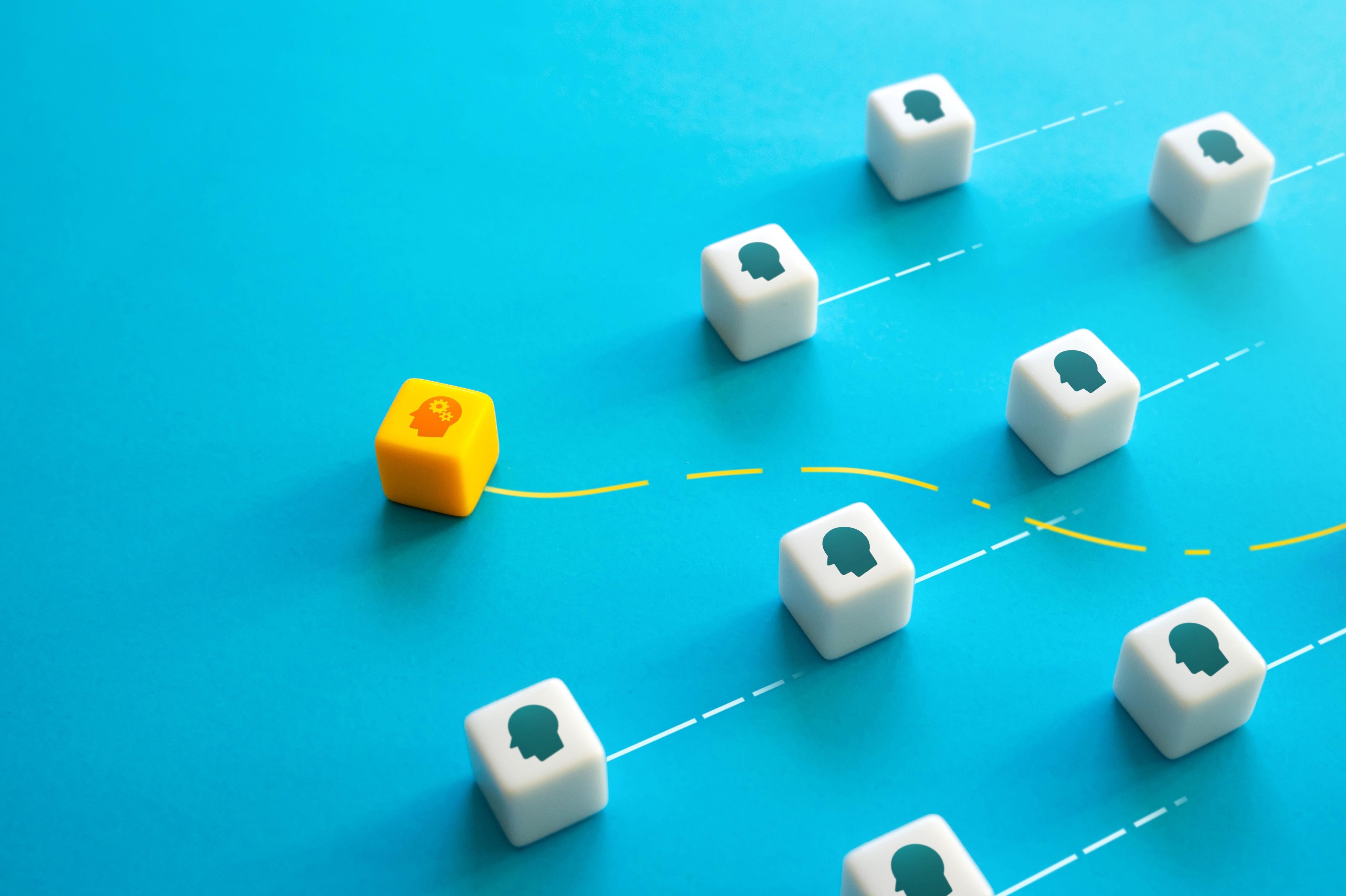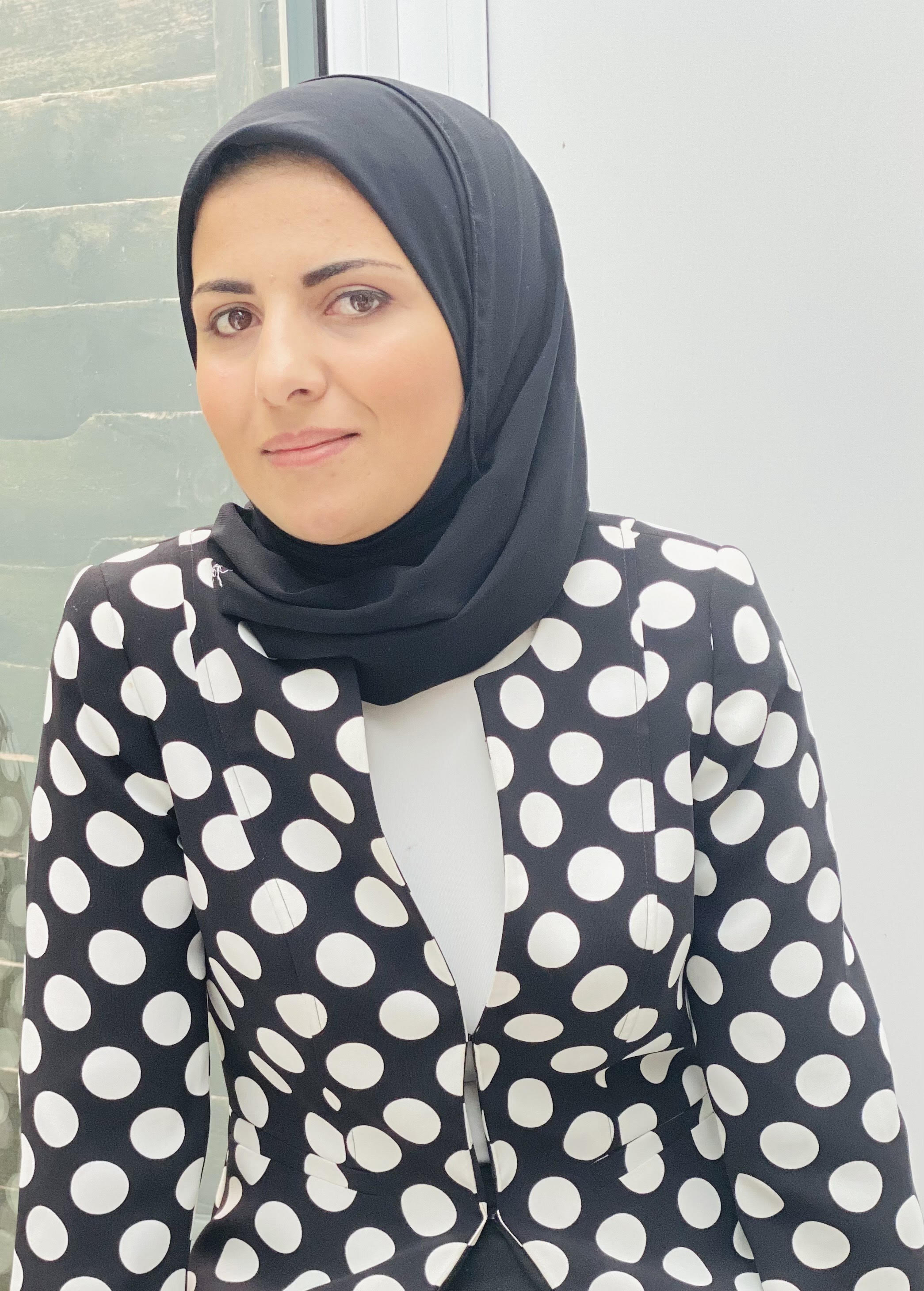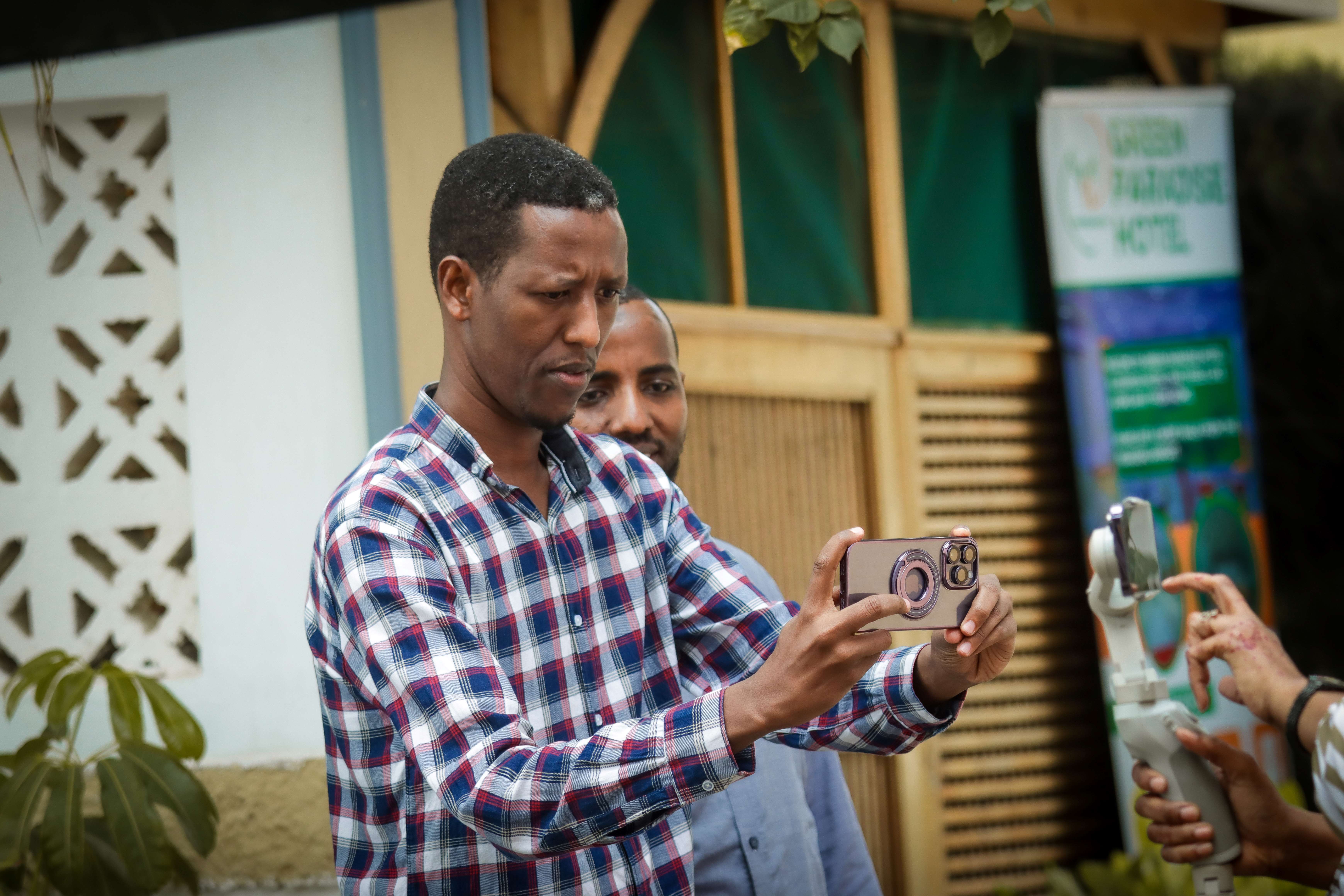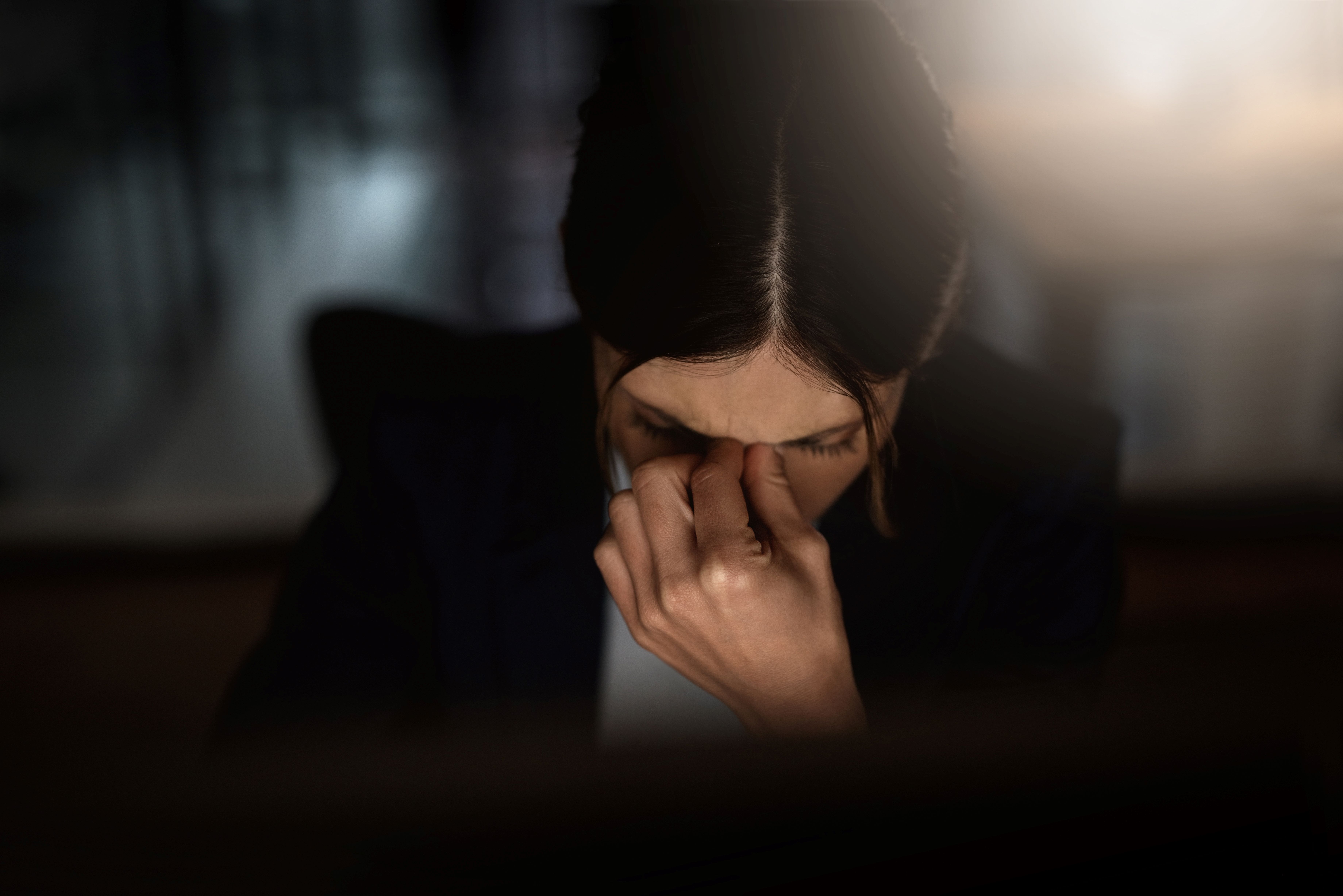عندما يتمكن المتلقي من متابعة تقارير تلفزيونية وتصله المعلومة فلا يُستفز خياله البصري ولا يشعر بالحاجة للمشاهدة لاستكمال المعنى، فذلك يطرح تساؤلا عن كيفية استخدام الصحفيين للصورة وعن فهمهم لدورها في صناعة المعنى أي امتلاكهم لثقافة الصورة. ففي الإنتاج الإخباري التلفزيوني ينبغي أن يُترك المجال للصورة كي تؤدي وظيفتها في إعلام المشاهد وفي سرد القصة. أما إذا لم يكن الحال كذلك، وتقدم الاستماع على المشاهدة، فإن الأمر أشبه بالانقلاب على الدور المتوقع للصورة الصحفية التلفزيونية (1).
دور الصورة في التقارير التلفزيونية
لا يمكن أن يُذكر التلفزيون دون أن تُستحضر الصورة معه، فهي ركيزته وأساس عمله. هذا التلازم بينهما جعل المحطات التلفزيونية تتسابق للاستحواذ على صور الأحداث، فهي تعلم أن العمل التلفزيوني ينتهي ما لم تتوفر له الصورة.
وتأسيسا على ما تقدم، تُعد نشرات الأخبار مساحة أساسية تطل من خلالها القنوات التلفزيونية العامة أو الإخبارية على مشاهديها لتنقل إليهم ما التقطته كاميراتها من صور، توثق أحداثا وتسرد قصصا وشهادات. هنا يفترض أن تشكل الصورة البنية الأساسية للمواضيع المصورة على اختلاف أنواعها، من تقارير وتحقيقات وغيرها. فالصورة على الشاشة غالبا ما تروي القصة بشكل أكثر فعالية من أي وصف قد يتضمنه النص(2).
إن التقرير التلفزيوني الذي يمكن أن تصل رسالته بوضوح من دون مشاهدته، لا يمكن اعتباره موضوعا مصورا ناجحا. يعني ببساطة شديدة أن الصورة لم تكن هي اللاعب الرئيسي خلال عملية بناء الموضوع وأن الكفة فيه تميل لجهة النص (التعليق الصوتي) الذي جعل منه الصحفي ركيزته الفعلية في عملية بث المعلومة.
عندما يتعامل الصحفيون مع الصورة كمعلومة قائمة بذاتها، ينبغي أن تتمحور كل بنية السرد في الموضوع التلفزيوني المصور، وكلغة لها قواعد وأسس. حينها يمكن اعتبار "ثقافة الصورة" قد فرضت نفسها سلوكا مهنيا لدى الصحفيين.
لو عرضنا بعض التجارب التي أرستها قنوات فضائية معدودة، لوجدنا أن ثمة هيمنة لسطوة النص على حساب الصورة في التقارير التلفزيونية المنتجة في العالم العربي حيث تأتي الصورة كعنصر ثانوي. فالصحفي يضع كل ما يريد الإخبار به في نصه ولا يترك للصورة مجالا كي "تتكلم" وتلعب دورها المفترض. وبناء على ذلك، لن يجد المشاهد ضرورة لأن يثبت بصره على الشاشة لأن معلومة ما قد تفوته.
لنأخذ مثالا هذه التقارير التي يضع فيها الصحفي لقطات عامة لشوارع وأبنية ومقرات ومارة. إنها لقطات يمكن أن ترافق أي تقرير سواء حضرت أو اختفت أو تغيرت، لا شيء سيتغير في بنية الموضوع، لأن بناءه في الأصل لم يرتكز عليها.
عندما دخل التلفزيون إلى عالمنا العربي وانطلقت النشرات الإخبارية، قدم الرعيل الأول من الصحفيين من عالم الصحافة المطبوعة. حمل هؤلاء معهم تقنيات الكتابة للصحافة المطبوعة وتعاملوا مع الصورة في بعض الأحيان كـ "تكملة" أو "إضافة".

إنّ الصورة يختلف معناها باختلاف الصور التي تأتي قبلها أو بعدها.
(غيتي).
أسباب الإهمال
عندما دخل التلفزيون إلى عالمنا العربي وانطلقت النشرات الإخبارية، قدم الرعيل الأول من الصحفيين من عالم الصحافة المطبوعة. حمل هؤلاء معهم تقنيات الكتابة للصحافة المطبوعة وتعاملوا مع الصورة في بعض الأحيان كـ "تكملة" أو "إضافة" من دون بذل جهد في فهم دورها. كان معدو التقارير يكتبونها ويسجلونها تاركين للمكلف بالمونتاج مهمة "وضع" أو "لصق" الصور. وفي ذلك ضرب للقاعدة الأساسية للكتابة للصورة: ألا تكتب تعليقا لتقرير تلفزيوني قبل مشاهدة ما بحوزتك من لقطات: شاهد واكتب.
لكن اليوم مع جيل الصحفيين الذي نشأ وكبر مع عصر الشاشة لم يعد مقبولا التعامل مع الصورة كملحق. ورغم أن الصورة اليوم تحيط بنا من كل مكان، فإن ثمة ما يشبه غيابا لثقافة الصورة عن السلوك المهني لدى شريحة من الصحفيين. هذا التدفق الهائل للصورة الذي عززه التطور في تقنيات الاتصال، لم يترجم استخداما يبرز مكانتها كصانعة أساسية للمعنى في المحتوى الإعلامي المرئي.
يعيد الصحفيون في الغالب هذا التقصير إلى طبيعة العمل الضاغط في مطابخ نشرات الأخبار، حيث يتحرك العمل على وقع السرعة ما يدفع أحيانا إلى "التضحية" بهذا الدور. في الغالب يولي الصحفيون عنايتهم بالصورة عندما تتناول قصتهم موضوعا لا يرتبط بحدث آني، ما يحررهم من "سوط" السرعة. إذ يملكون الوقت لرسم قصتهم بصريا وتحديد ما يريدون التقاطه ومن ثم توليفها بتأن.
إن هذا الجهد يختفي تماما مع التقارير التي يكون هدفها عرض النشاط الرسمي للمسؤولين في السلطة أو ما يعرف بتقارير "استقبل وودع"، التي تحتل حيزا مهما في النشرات الإخبارية على القنوات العربية الرسمية أو تلك الخاضعة لحكوماتها. كما يتقلص الاهتمام بمكانة الصورة عندما يهدف التقرير إلى توجيه الرأي العام لتبني موقف من قضية ما (يقترب أسلوبها من مقالات الرأي في الصحافة المكتوبة)، هنا لا يجد الصحفي في الغالب إلا النص ليحمله الموقف السياسي الذي تسعى المؤسسة لإبرازه. الصورة تأتي كشاهد داعم للنص وليس العكس. هذا النوع من الصحفيين يعتبر أن الكلمة تتقدم على الصورة المرئية وهو أمر خاطئ لأن جزءا مهما من المعلومات تتضمنه الصور (3).

مهارات الصحفي التلفزيوني
كي يتمكن الصحفي من بناء موضوع مصور؛ فعليه أن يكون حاضرا في الميدان، يرى ويرصد وينقل حواس المشاهد معه إلى مكان الحدث. تبدأ عملية بناء الموضوع التلفزيوني الإخباري منذ اللحظة التي يستعد فيها الصحفي للنزول إلى ميدان الحدث أو القصة. صحيح أنه ليس مطلوبا منه أن يقوم بنفسه بتصوير موضوعه (ثمة تجارب مماثلة في الصحافة الغربية على سبيل المثال: في فرنسا هناك توصيف وظيفي JRI journaliste reporter d’images أي أن الصحفي المراسل هو من يقوم وحده بإعداد الموضوع من ألفه إلى يائه) ولكن عليه أن يكون على اطلاع ومعرفة بأنواع اللقطات وحركة الكاميرا ومواضع استعمالها. عدا أنه هو من يحدد ماذا يريد أن يلتقط من صور وليس المصور. باختصار، عليه أن يمتلك تصورا بصريا لموضوعه وأن يعي أن كلّ مكوّن من مكونات الصورة يؤدي وظيفة معينة. بالتالي عليه أن يحسن اختيار اللقطات التي تظهر معنى الرسالة الإعلامية.
أحيانا يحصل الصحفي على مادة بصرية جيدة ولكن لا يتم استخدامها بشكل يظهر مكانتها. وهنا نسأل، هل يكفي أن نلتقط مجموعة لقطات جيدة حتى نضمن الحصول على قصة متماسكة بصريا؟ إن عملية ترتيب اللقطات في المونتاج والكتابة للصورة عاملان أساسيان في صناعة موضوع تلفزيوني ناجح. فكما للتصوير قواعد، فإن لتركيب الصور والكتابة لها قواعد أيضا. ما هي اللقطة الأولى والتالية؟ كيف سيكتمل المشهد؟ خلال مرحلة المونتاج على الصحفي أن يعلم أن موضوعه المصور يتألف من جمل بصرية متكاملة. والجملة هنا هي المشهد الذي يتكون من مجموع لقطات مترابطة ترتب وفقا لتسلسل محدد سيخدم الفكرة التي يريد الصحفي إيصالها. إن كل خلل في هذا الترتيب سيشتت المشاهد وسيصعب عليه استيعاب الفكرة الأساسية. لنتذكر مبدأ السينمائي الروسي ليف كوليشوف (تأثير كوليشوف): إنّ الصورة يختلف معناها باختلاف الصور التي تأتي قبلها أو بعدها.
لو عرضنا بعض التجارب التي أرستها قنوات فضائية معدودة، لوجدنا أن ثمة هيمنة لسطوة النص على حساب الصورة في التقارير التلفزيونية المنتجة في العالم العربي حيث تأتي الصورة كعنصر ثانوي.
الكتابة للموضوع التلفزيوني
تختلف الكتابة للصورة عن الكتابات لباقي وسائل الإعلام. في التلفزيون يؤدي النص دور المكمل للمعنى. لا يريد المشاهد أن يكرر عليه الصحفي ما يراه في اللقطات ولا يريد أن يصف له الصورة. إن الهدف من النص هو تقديم الشروح التي تعجز الصورة عن توصيلها. لذلك، قد يبدو النص التلفزيوني حينما يُقرأ دون مشاهدة، مفككا وغير متماسك وأحيانا غير مكتمل المعنى أو منقوصا. والنقص هنا هو تماما ما تؤديه الصورة. لا يشكل ذلك عيبا أو انتقاصا من القيمة التحريرية للنص، بل على العكس، لأن النص لم يوضع بهدف قراءته أو الاستماع إليه. هو نص للعين وليس للأذن، نص مصاحب لصورة، تتربع هي أولا وآخرا على سلم المعنى. لا يقصد من هذا القول التخلي عن النص، بل التمكن من خلق عملية توافق بينهما. يرى الباحث الفرنسي جاك أومون أن الصورة تزودنا بالمعلومات وهي تؤدي هذه المهمة بقوة الإقناع..] لكن [لا يمكن أن تحل مكان اللغة أو النص[..] لا بد من طريقة استعمال ما بجانبها (4). الصحفي التلفزيوني الناجح هو من يتمكن من تطويع نصه لصالح الصورة. لأنها، هي قوة الموضوع التلفزيوني.
كان معدو التقارير يكتبونها ويسجلونها تاركين للمكلف بالمونتاج مهمة "وضع" أو "لصق" الصور. وفي ذلك ضرب للقاعدة الأساسية للكتابة للصورة: ألا تكتب تعليقا لتقرير تلفزيوني قبل مشاهدة ما بحوزتك من لقطات: شاهد واكتب.
المراجع:
- Joly, Martine. L'image et son interprétation. Armand Colin, 2005.
- Stewart, Peter and Alexander, Ray. Broadcast Journalism: Techniques of Radio and Television News. Routledge, 2021.
- Manier, Paul-Stéphane. Le journalisme audiovisuel: Les techniques rédactionnelles en télévision et sur Internet. INA, 2011.
- Aumont, Jacques. L'image. Armand Colin, 2011.




